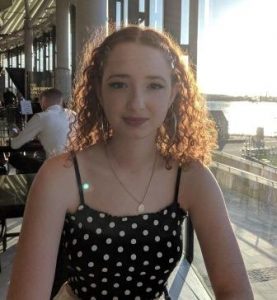
For 5 weeks over summer I worked with Dr Kate Smith and another student, Tiana Kelly, to research how over the past 350 years the owners of 24 National Trust Properties in the Midlands were connected to imperialism and colonialism. My research focused on slavery and more specifically involved me investigating whether or not the owners of the National Trust properties we were researching had any connection to slave ownership. The prospecting of getting to do research which would be used by the National Trust was exciting but before starting the project I had no idea what a large task I had ahead of me!
After meeting with Kate and Tiana to discuss how we were going to tackle the project I felt quite daunted by what lay ahead. I was going to be using databases to research the owners of the properties going as far back as 1650. Researching 24 properties and over 350 years’ worth of owners seemed almost impossible at first! However, after compiling all the names of the property owners and their families into family trees and beginning to run the names through databases the task seemed more manageable. Both Tiana and I began by using the Oxford Dictionary of National Biography to see if the owners or their family members had any obvious connections to slave ownership. This stage of the research produced a lot of dead ends as there were very few connections to slave ownership mentioned in the biographies. However, my research became much easier when I began to use the Legacies of British Slave-ownership (LBS) database to research the families. This specialised database gave me far more relevant information and an eye-opening picture of slave derived wealth in the Midlands began to emerge.
Using the LBS database, I discovered that while only a few of the owners of the properties were themselves slave owners, many of them had wealth that was derived from slave ownership, often through marrying into slave owning families. My research really made it clear how integrated slave derived wealth was in the British economy. It was satisfying after facing so many dead ends earlier on in my research to find so much useful information and this showed me that persistence is key when it comes to research.
Having weekly meetings with Dr Smith helped me to keep on track with my research as it was easy to get lost when looking into so many different properties. The opportunity to meet Emma Hawthorne, Assistant Director of the National Trust Consultancy in the Midlands, halfway through the project was valuable as it gave me the opportunity to understand what the National Trust hoped to gain from my research. This meant I was able to further narrow down my research and focus on certain properties.
The experience as a whole was extremely interesting and something I feel very lucky to have been a part of. It gave me the opportunity to research a fascinating area of history and contribute to a wider project which will hopefully help educate people on the realities of British involvement in the slave trade and imperialism.
Asha Hall-Jones, BA History/Political Science
